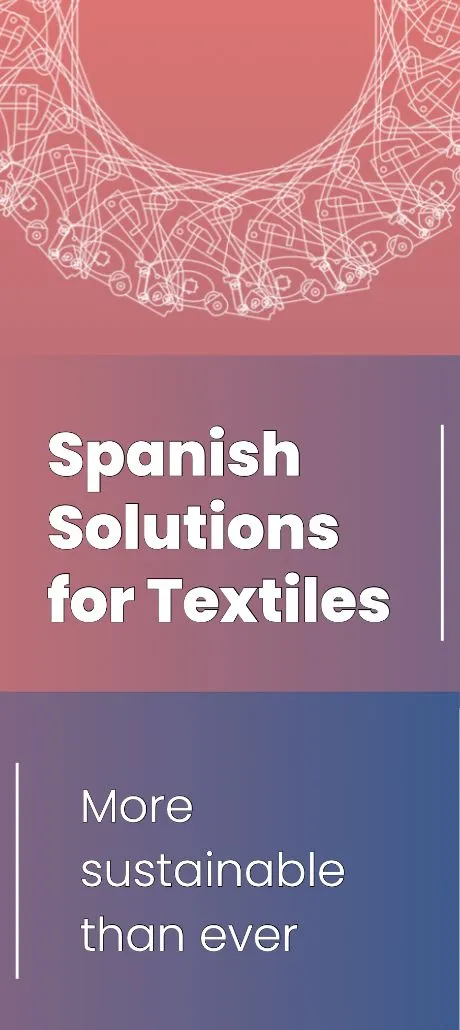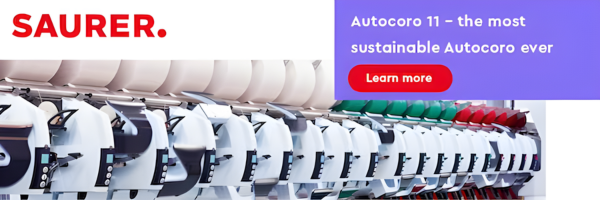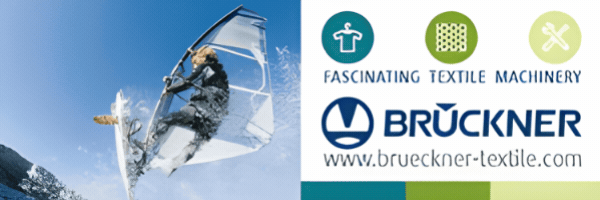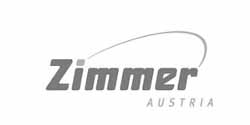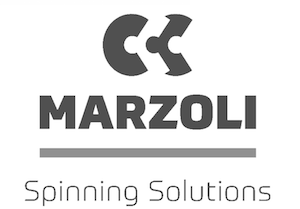Silicon-coated fabric is a type of fabric that has been treated with a layer of silicon (silicone) for various purposes, usually to enhance its durability, water resistance, and flexibility. Silicone is a versatile polymer known for its heat resistance, water repellency, and flexibility, making it ideal for coating textiles.
Key Features of Silicon-Coated Fabric:
1. Waterproofing: One of the primary reasons for coating fabric with silicone is to make it waterproof or highly water-resistant. It forms a barrier that prevents water from soaking through the fabric, making it ideal for outdoor gear like tents, tarps, and outdoor clothing.
2. Durability: The coating enhances the fabric’s resistance to wear and tear, improving its longevity. Silicone-coated fabrics tend to be more resistant to abrasions compared to untreated fabrics.
3. Lightweight and Flexible: Silicone coatings don’t add significant weight or stiffness to the fabric, allowing it to remain flexible and lightweight while providing enhanced functionality.
4. Breathability: While silicone coatings improve water resistance, they usually maintain the fabric’s breathability, which is essential for applications like outdoor clothing and tents, where moisture from sweat needs to escape.
5. UV Resistance: Silicone coatings can offer some level of UV protection, preventing the fabric from degrading quickly when exposed to sunlight over time.
6. Easy to Clean: Silicone-treated fabrics are generally easy to clean and resist staining. The smooth surface of the silicone coating also makes it less prone to dirt accumulation.
Common Uses:
• Outdoor Gear: Tents, tarps, rain jackets, backpacks, and sleeping bags often use silicon-coated fabrics for their waterproof properties.
• Awnings and Covers: Silicon-coated fabrics are used in outdoor covers for vehicles, boats, and other equipment because of their weather resistance.
• Industrial and Commercial Applications: Silicon-coated fabrics can be found in protective clothing, industrial liners, and more.
Manufacturing Process:
The fabric is typically treated with a liquid silicone solution, which is applied by dipping, spraying, or rolling. After application, the fabric is cured, often in an oven, to form a durable silicone layer. The thickness and type of coating can vary depending on the desired properties (e.g., waterproofness, flexibility, UV resistance).
Advantages:
• Enhanced weather resistance
• Increased durability
• Retains softness and flexibility
• Easy maintenance and cleaning
• Better breathability compared to other waterproof coatings like polyurethane (PU)
Disadvantages:
• Silicone can be more expensive than other coatings.
• The fabric may be more prone to discoloration over time, especially with exposure to UV light.
• Not always as abrasion-resistant as some other coatings, like those with heavy-duty polyurethane.
Overall, silicon-coated fabrics are highly valued for their combination of performance features, particularly in outdoor and high-performance gear.


